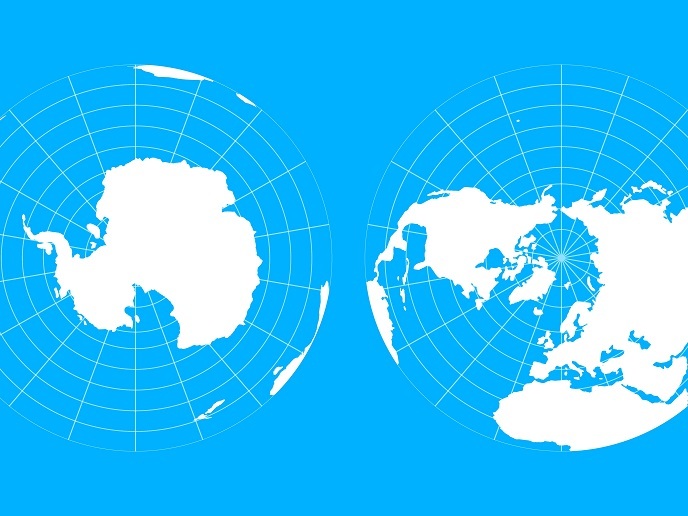Advanced imaging for airborne multi-spectral studies
In line with the Kyoto protocol, the European Union is planning to significantly reduce the emissions of greenhouse gases within the next three to seven years. One of the key difficulties in the implementation of this Kyoto protocol is the lack of available information from non-forest mountain ecosystems on carbon cycle. Moreover, until now, the currently used methods and tools on carbon balance mainly concern large-scale estimates and not regional scales, e.g. at the new member states. To answer these needs, the CARBOMONT project focused on investigating the effects of land-use changes on sources, sinks and fluxes of carbon in European mountain areas. More specifically, a number of study sites along a European transect from 42-68 degrees Northern latitude were specified. In each one of them, ecosystems that are differently managed or abandoned were comparatively investigated. Quantified data allowed analysis of carbon sequestration and flux partitioning as well as interactions between the carbon and nitrogen cycle. For the purposes of the project a novel advanced spectroscopic imaging system called ASPIS has been developed. The system includes four digital cameras with two-dimensional CCD with quantum efficiency in the spectral range of 0.4-1.0nm and four special lenses. Additionally, the system comprises a digital panchromatic cinecamera for viewing and recording wide area film at true colour. The system also involves GPS for the identification of the image's geographic coordinates and a computer workstation. Employing an aircraft named Sky Arrow 650tc, ASPIS may acquire four digital images at the same time. Each image is within a spectral band selected on the fly with the aid of interferential filters. Measurements are conducted at 800-1000m above ground level in order to obtain an optimum spatial resolution. At each site total phytomass, divided in dead and live material, and plant area index (LAI) are sampled in 10x10m plots. Using different species composition and biomass levels these plots are characterised offering real data for comparison with remote sensing data. For more information click at: http://carbomont.uibk.ac.at(opens in new window)







